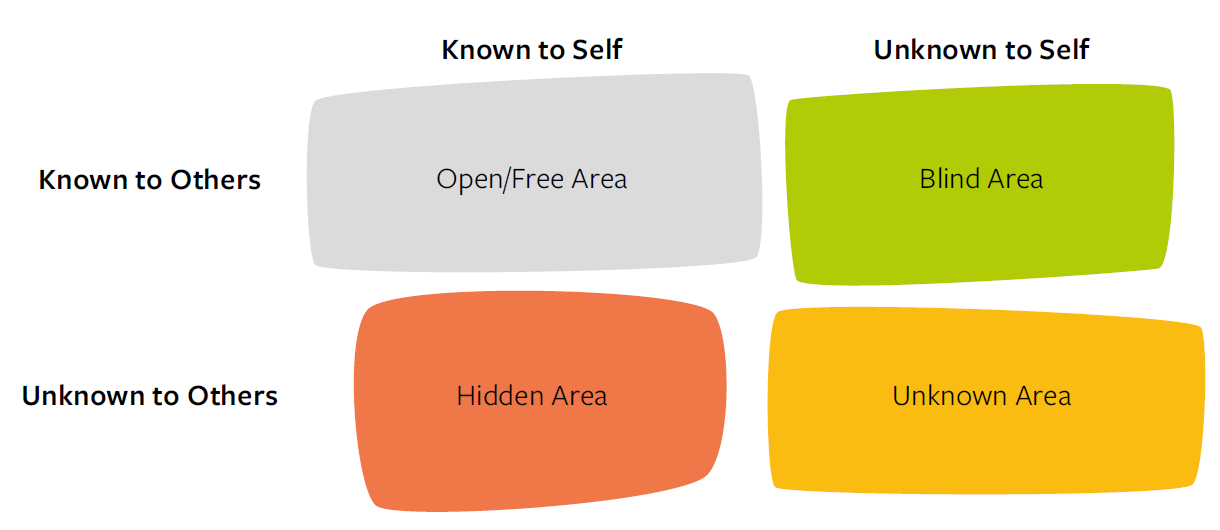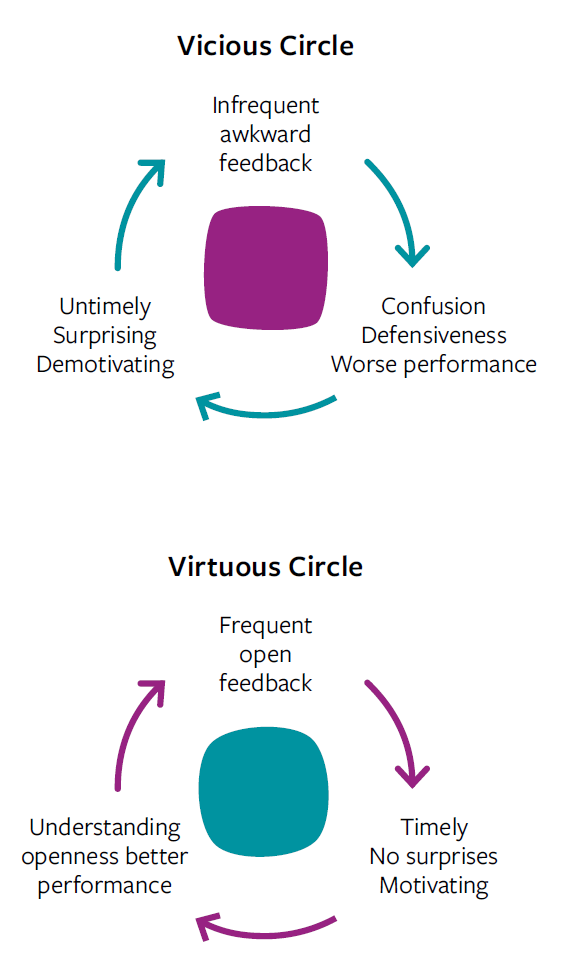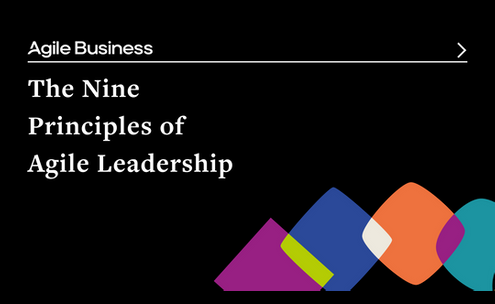Principle 3: Organisations improve through effective feedback
Levels of feedback; giving and receiving feedback; feedback as a habit
Receiving feedback can often be perceived as a negative experience so Agile Leaders lead the way by courageously soliciting meaningful, useful and timely feedback from peers and other colleagues. While requesting feedback is important, Agile Leaders take time to ensure that they are visibly responding to the suggestions made by their colleagues in order to close the feedback loop. Agile Leaders model giving effective feedback that is open, honest and respectful.
Feedback is a critical ingredient of continuous improvement and without it, little or no learning would take place in the organisation. For agile leaders, the emphasis in this principle is the word effective. Even when feedback has been given, much of it goes unheeded and this is due in part to ineffective delivery. The openness of the recipient is also an important factor although an effective leader will be able to work with the defensiveness of their colleagues in most cases.
ING Direct Canada does a fantastic job of empowering employees. The employees have no job titles and no offices. Anyone can talk to anyone and leaders focus on removing obstacles instead of creating them. Their CEO welcomes any feedback and input from the team, whether it be negative or positive and employees aren’t policed on their collaborative environment.1
Being the model leader
Principle 1 states that it is important for the Agile Leader to “be the change” for their colleagues. They can do this by demonstrating their willingness to receive and act upon feedback. Feedback is requested continually and not just when things are going well but, even more importantly, when things haven’t gone so well. It’s when plans or intentions haven’t produced the desired or expected outputs that leaders need to become more curious to discover what happened. Whilst it takes courage, this is a good way to demonstrate to colleagues what an Agile Leader would expect from others.
What is effective feedback?
Effective feedback is defined as that which makes a meaningful difference either in the behaviours or thinking of individuals or teams who have received the feedback. It’s about helping others to develop their blind spot or Blind Area2 in the Johari window shown here. To that end, there are certain things the Agile Leader can do to improve the effectiveness of the feedback they deliver. One is to make sure the team receives feedback on all levels, such as providing task and procedural feedback (“how we did in the task”) as well as relational feedback (“how we got on while performing the task”).

Figure 1: “The Johari Window” Adapted from Luft, J., Ingham, H (1955)
Feedback forms an integral part of the learning process. Agile Leaders make opportunities to improve the learning of their teams by giving feedback. Giving feedback at an individual level is a common occurrence, but not as frequent at the team level. This is an example of how the Agile Leader can work effectively as a coach for their team; to act as a mirror for the team to reflect on themselves.
Giving and receiving feedback strengthens trust between team members as their shared goal becomes bigger than individual or group concerns. As a result, performance is enhanced in teams where there is good communication and understanding of what they are working on and how they can get better.
What about Receiving Feedback?
Feedback is a two-way communication process and sometimes the feedback will be given to someone who is unreceptive. One of the major impediments to organisational improvement is the leader who is closed off to feedback and is too concerned with self-preservation [Argyris].3
As Principle 1 outlines, Agile Leaders need to embody the change they want to see in the organisation. This means that as part of their personal development they need to become aware of how and when they are becoming defensive as well as being able to spot it in others. Being defensive leaves a leader closed to hearing feedback that could help them. Quite often a tough truth is a hard one to hear but is one that can help.
Two models of feedback
In any organisation there will be a spectrum of feedback (which will inevitably vary by department and by leader) – this diagram highlights the two ends of that feedback spectrum:

The Agile Leader will introduce opportunities for continuous and open feedback, using the Virtuous Circle as their model.
Six criteria for effective feedback
Finally, here are some helpful hints for the Agile Leader when giving feedback:
- You, as the feedback provider, are credible and trusted in the eyes of the recipient.
- Your feedback is conveyed with good intentions.
- The timing and circumstances are appropriate.
- The feedback is given in an interactive way, with a chance to question.
- The feedback message is clear.
- The feedback is helpful to the recipient.
Sources
- The 12 Habits Of Highly Collaborative Organizations - Jacob Morgan, Forbes, July 2013
- The Johari window, a graphic model of interpersonal awareness - Luft, J.; Ingham, H. (1955). Proceedings of the western training laboratory in group development. Los Angeles: University of California, Los Angeles
- Teaching Smart People to Learn - Argyris, C., Harvard Business Review, May 1991
Author

Agile Business Consortium
The Agile Business Consortium is the professional body for business agility. We’re all about community – whether you’re a multinational working through a large-scale transformation, a new start-up, or a contractor, we can support you to achieve more, to grow more, and to build your business agility. As a global not-for-profit organisation that’s been around for over 25 years, our knowledge and experience around agile competencies and behaviours can offer you the guidance you need to reach your agility goals. Together with our partners, we create and share agile research, case studies, resources and tools that help you compete in today’s uncertain world. A registered not-for-profit, we’re the world’s longest-standing agile-orientated organisation. We’re the brains behind AgilePM®, AgileBA®, AgilePgM®, AgilePfM™ and AgileDS™. Based in the UK, we have members in over 30 countries around the world.
Email: [email protected]
- Twitter:
- @Agile_Biz
- Website:
- www.agilebusiness.org
- LinkedIn:
- https://linkedin.com/company/agile-business-consortium


